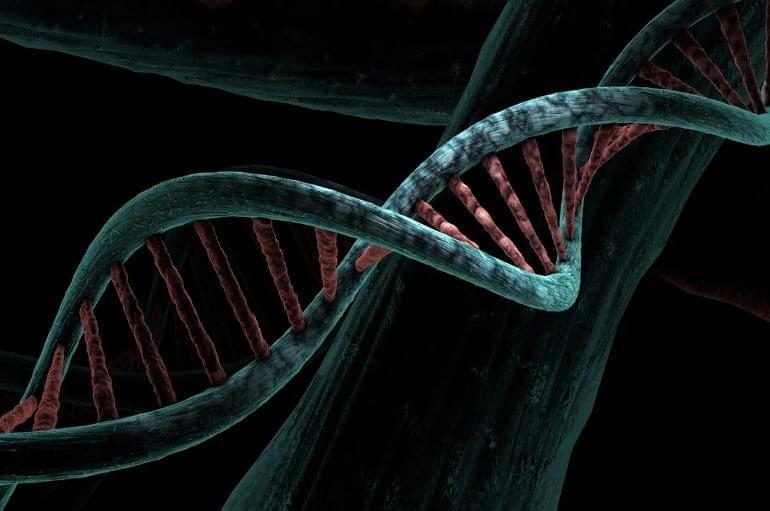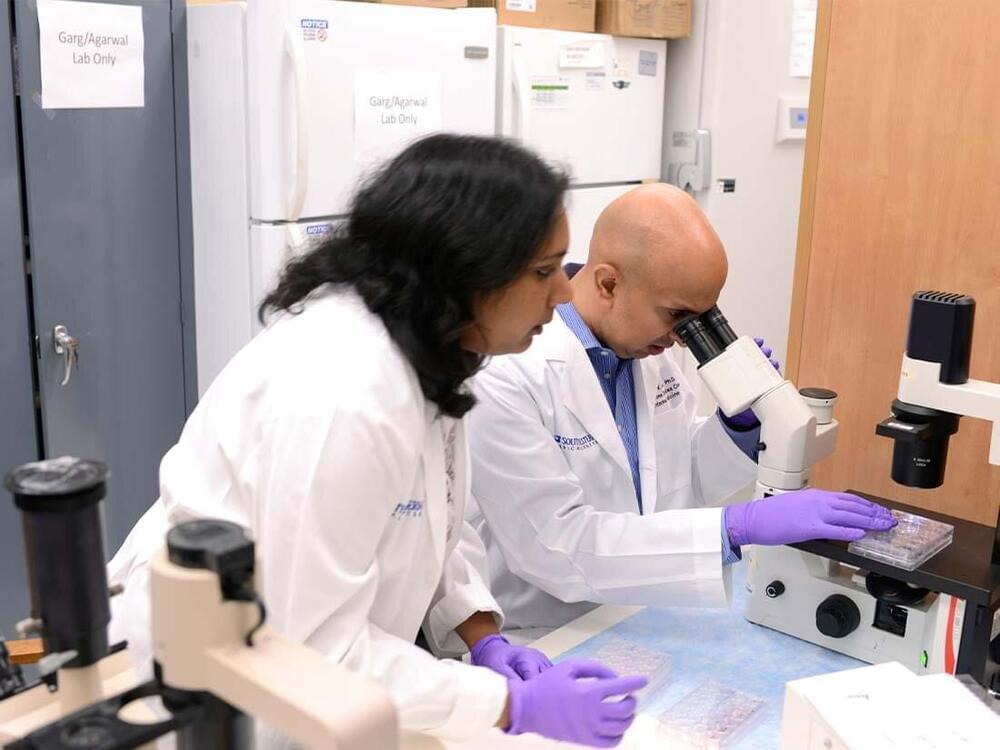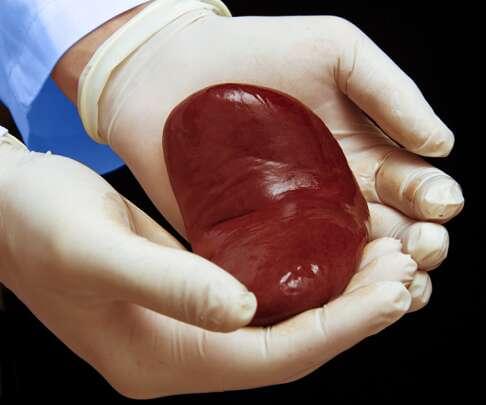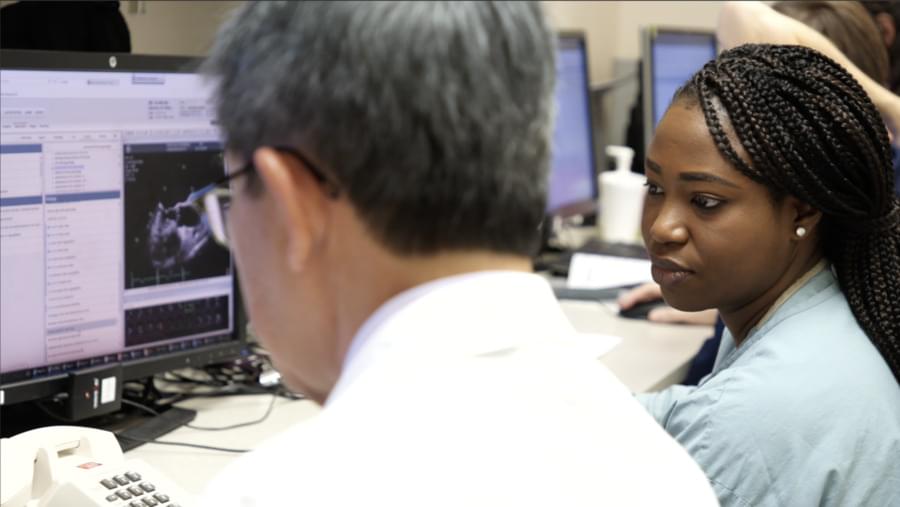Dr. Ann Marie Kimball (https://epi.washington.edu/faculty/kimball-ann-marie/) is a physician, epidemiologist and currently holds the roles of Associate Fellow at the international affairs think tank Chatham House, and Vice Chair, COVID 19 task force, at The Rotary Foundation / Rotary International.
Previously, Dr. Kimball served as a strategic advisor to the Rockefeller Foundation, supporting the strengthening and development of strategies for Ebola, post-Ebola, and health crisis response, including planning and guiding the formation of a regional disease surveillance network in collaboration with Connecting Organizations for Regional Disease Surveillance (CORDS).
Before joining the Rockefeller Foundation, Dr. Kimball served as technical and strategic lead for the Bill and Melinda Gates Foundation surveillance strategy formation.
Prior to Gates, Dr. Kimball served as Professor of Epidemiology for the University of Washington (UW), School of Public Health, with adjunct appointments in Medicine (Bioinformatics and Infectious Diseases) and the Jackson School of Foreign Affairs. During her tenure at UW, Dr. Kimball founded and directed the APEC Emerging Infections Network, and led research and training programs in Surveillance and Informatics in Peru and Thailand.
Dr. Kimball’s research focus on global trade and emerging infections earned her a Fulbright New Century Scholars award and a Guggenheim Scholars award.
Dr. Kimball is also the author of Risky Trade: Infectious Diseases in an Era of Global Trade, which was highly reviewed by NEJM, Emerging Infections and Lancet. She has authored numerous scientific publications, and served on numerous Institute of Medicine panels. She is also a fellow in the American College of Preventive Medicine and member of the National Biosurveillance Advisory group (NBAS) from the Centers for Disease Control.






